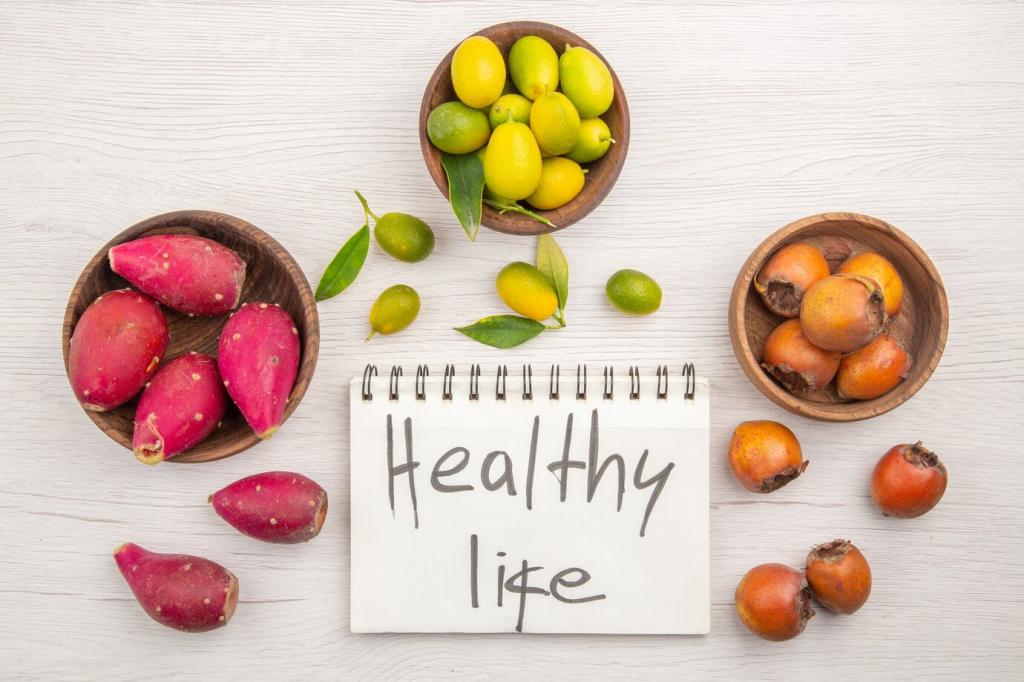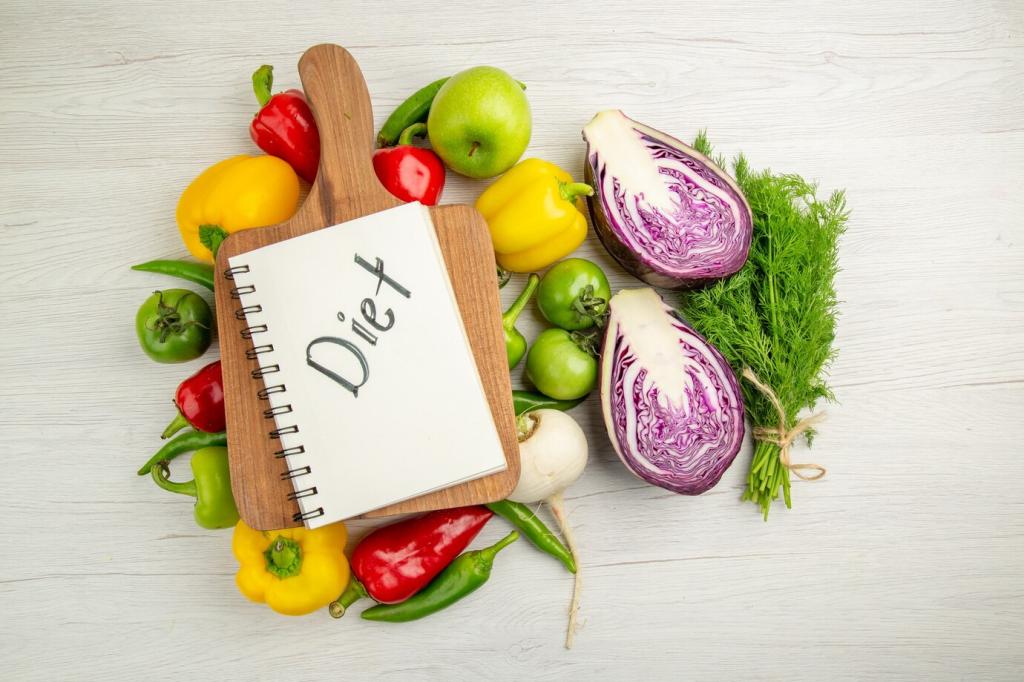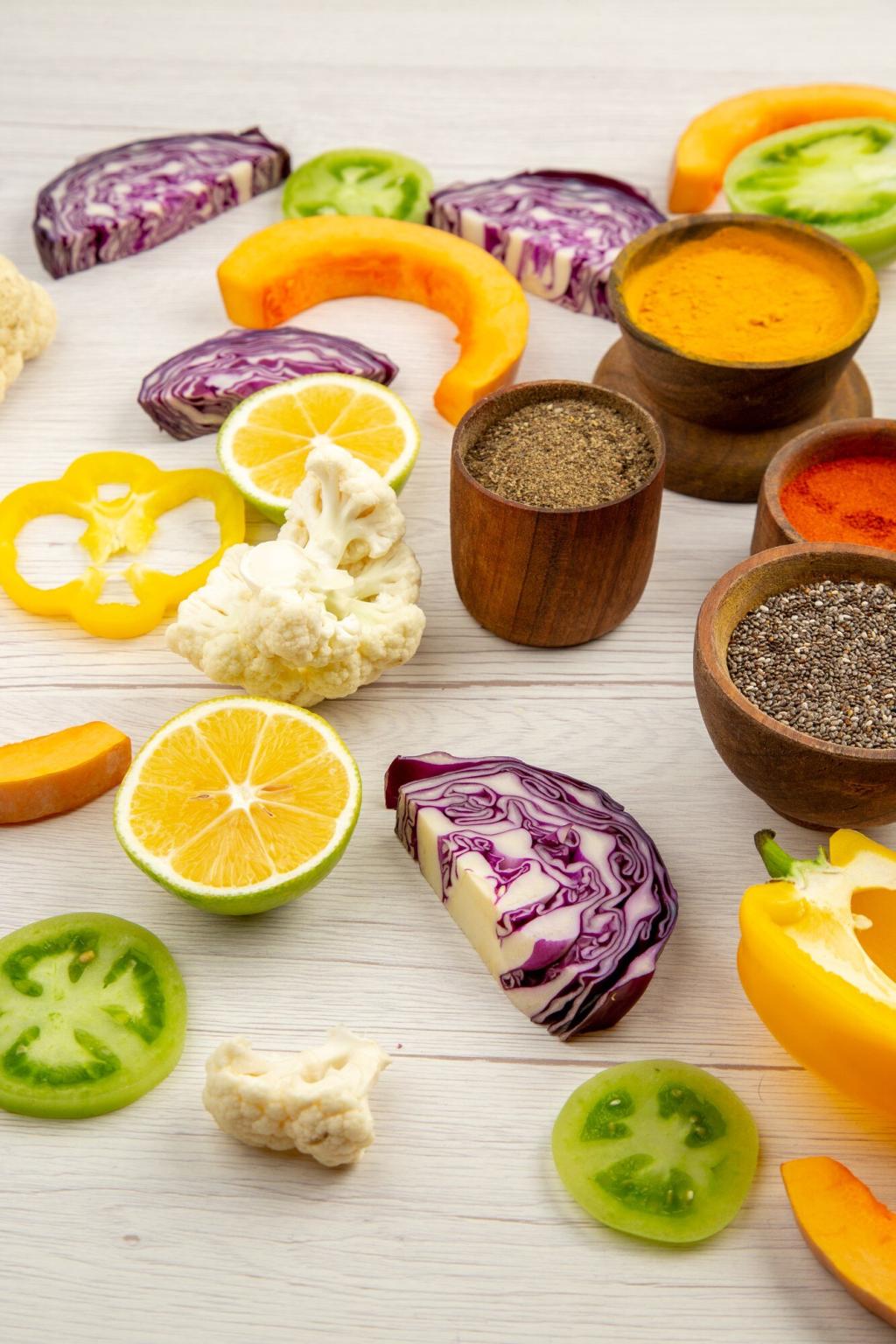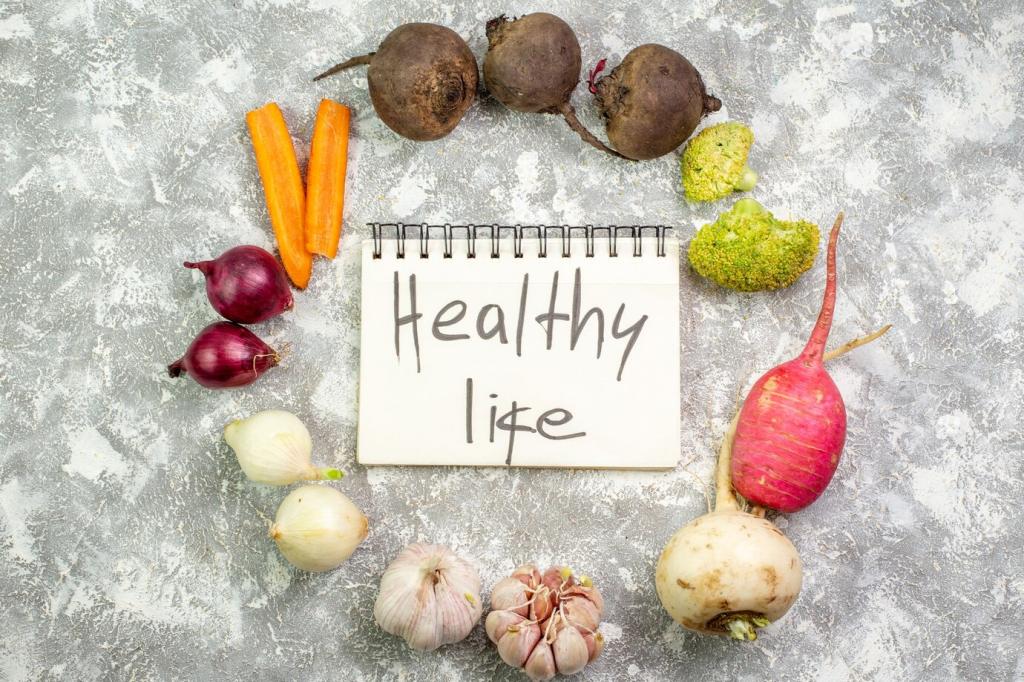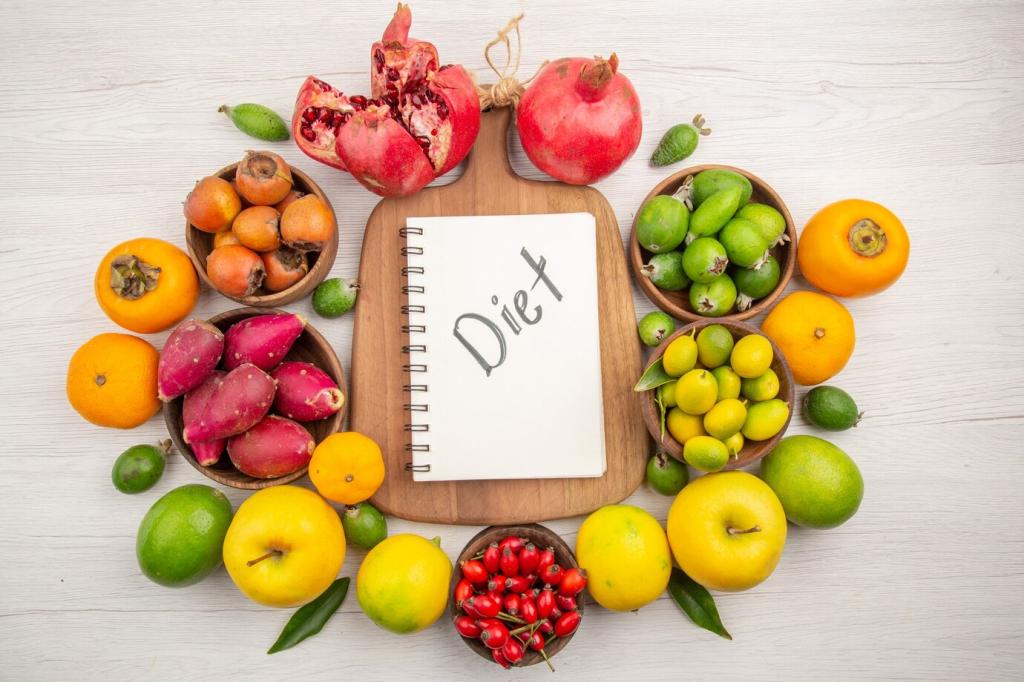Protein Without the Panic
Mix legumes, soy, grains, and seeds to cover all essential amino acids, while targeting 2–3 grams of leucine per meal for muscle protein synthesis. Tofu, tempeh, edamame, soy milk, and pea or soy isolates make hitting targets easier. Spread protein over three to five meals, then report back with your favorite combinations.
Protein Without the Panic
PDCAAS and DIAAS often score animal proteins highly due to digestibility, but real-world results hinge on total intake and distribution. Plant isolates and fortified foods close gaps effectively. The con is needing a bit more volume or planning. Track training outcomes, not just scores, and subscribe for upcoming amino acid deep dives.

